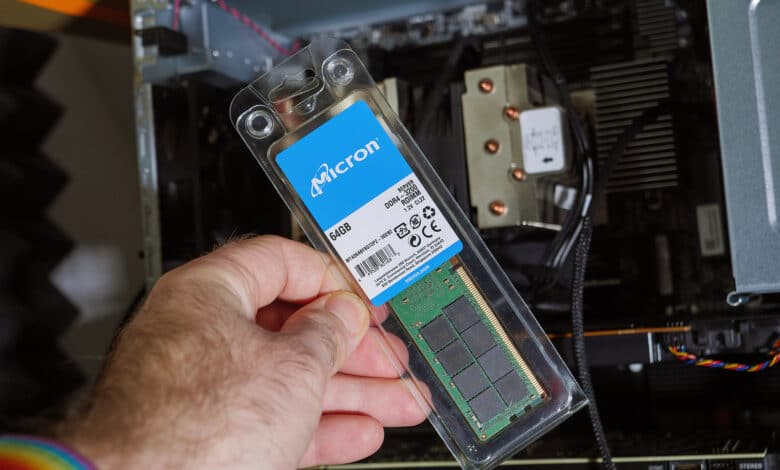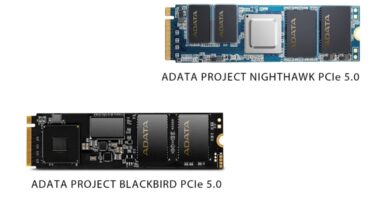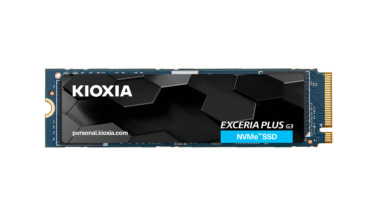
In cooperation with the chip experts from Intel, Micron wanted to revolutionize the world of memory media. This was to succeed with the 3D XPoint phase change memory. However, what started as an ambitious project has now come to an abrupt end. Micron is now withdrawing from the joint project. Intel now wants to develop future generations of 3D XPoint on its own.
Not a big surprise
Industry experts have long expected that Micron would sooner or later pull out of the development of 3D XPoint. After all, the joint project with Intel was not profitable for the company. The results that the non-volatile memory type produced were too unprofitable. Although the basic idea of developing an alternative to DRAM and NAND is quite understandable, the financial burden seems to have been too great for Micron. This became obvious at the latest when Micron only supplied its ex-partner with memory chips from the already abandoned production site in Utah. 3D XPoint has been a rather untypical memory form for years. After all, it could only be found in the Optane products from Intel. Especially SSDs and NVDIMMs relied on the alternative memory type. Micron itself planned to profit from 3D XPoint in a special way. The X100 was supposed to be nothing less than the “fastest SSD in the world”. QuantX with 3D XPoint was supposed to provide the necessary speed. However, this ambitious product never saw the light of day.
A difficult step for Micron
Certainly, it will not have been easy for the company to say goodbye to 3D XPoint. After all, the plans based on this technology sounded promising. From a business point of view, however, the only sensible decision was to draw the line. And this decision was obviously made very quickly. The company announced that development had been discontinued “with immediate effect”. Micron wants to use the resources that have now been freed up for products that use the Compute Express Link (CXL) technology instead. The same technology was brought to life by Intel and is based on PCI Express. In addition to Intel itself, the CXL consortium also includes well-known companies such as AMD, Alibaba, Facebook, Google, Huawei and many other well-known tech companies.
3D XPoint is not economically viable
Micron itself admits that 3D XPoint is no longer worthwhile as a development. For example, it says there is simply too little market validation to continue to bear the high costs. A look at the figures always made this clear. The first generation of memories with 3D XPoint in particular was considered to be a purely negative business. This was supposed to change with the improved second generation, which will probably not happen for the time being. This should achieve a higher memory density and thus more profitable results. However, Micron does not want to give up completely, but is still full of drive. Certainly, the company would like to forget the misery around 3D XPoint as quickly as possible. According to their own information, they are already researching new memory technologies. Since it is known that one learns from mistakes, the failed development of 3D XPoint might have something good for the company after all.



